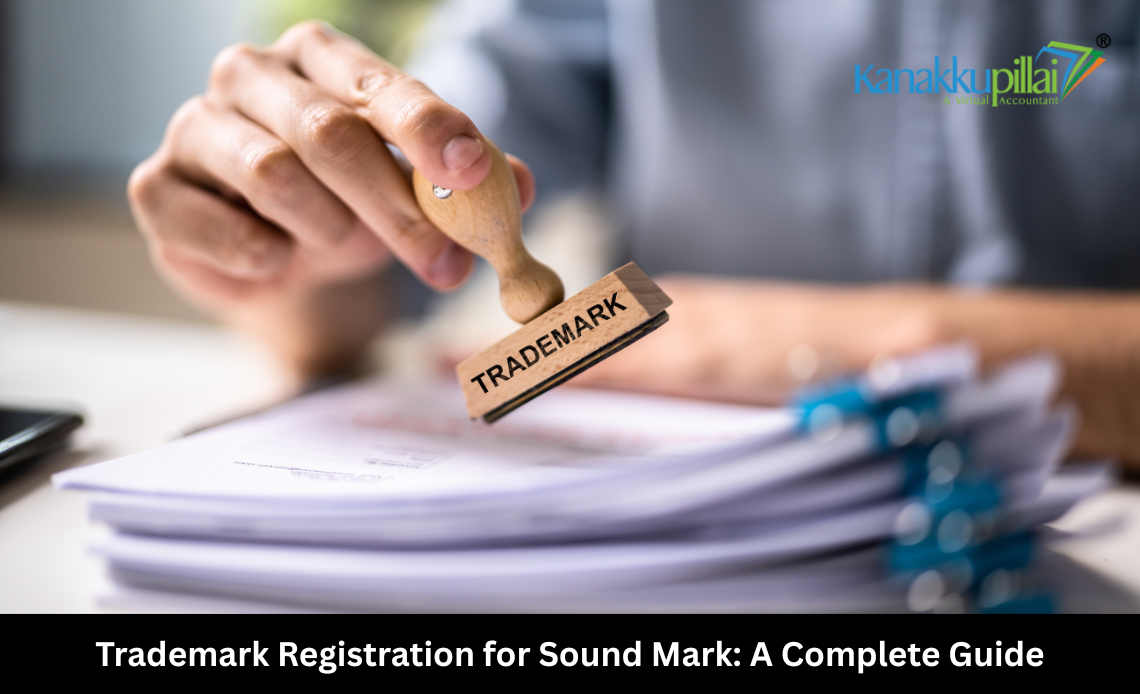Sound is increasingly becoming a powerful branding tool. From the iconic startup chime of a tech device to the signature jingle of a favorite brand, audio cues can instantly evoke recognition and trust. As brands look for creative ways to stand out, sound marks—or audio trademarks—have gained enormous significance. In this blog post, we explore what sound marks are, why they matter, and how the trademark registration process works.
Understanding Sound Marks and Their Role in Branding
A sound mark is a type of trademark that uses a specific sound or combination of sounds to identify and distinguish the goods or services of one brand from those of another. Unlike traditional trademarks based on words, logos, or designs, sound marks rely purely on auditory elements. These can include short musical tones, jingles, melodies, or even unique non-musical sounds, provided they are distinctive enough to indicate the source of a product or service. In modern branding, sound has become a memorable tool for creating emotional connections and strengthening brand recall.
What Makes a Sound Mark Distinctive
For a sound to qualify for trademark registration, it must be inherently distinctive or must have acquired distinctiveness through continuous and extensive use. Generic or commonly used sounds—like everyday noises that lack uniqueness—typically cannot be registered. Distinctiveness can be demonstrated through factors such as consumer recognition, long-term use in marketing, or association with a brand's identity. The key requirement is that the sound must be immediately recognizable as coming from a particular brand.
The Process of Registering a Sound Mark
Registering a sound mark involves a more specialized process compared to traditional trademark filings. Applicants must submit an audio file of the sound along with a graphical representation, which could take the form of musical notes, spectrograms, or written descriptions depending on the nature of the sound. The application is examined by the trademark office to ensure the sound is not generic, functional, or confusingly similar to an existing registered mark. If it meets the criteria and successfully passes the examination and publication stages, the sound mark is then granted trademark protection.
Why Brands Benefit from Sound Mark Registration
Sound marks offer brands a competitive edge by enriching the consumer experience. A protected sound mark prevents other businesses from using similar-sounding audio cues that could confuse customers or dilute brand identity. It also enhances brand equity, as a recognizable sound can carry emotional and psychological associations that strengthen customer loyalty. In an increasingly media-driven world where consumers interact with brands across multiple digital platforms, owning a unique sound signature has become as important as visual branding.
Conclusion: The Growing Power of Audio Branding
Trademark registration for sound mark is a crucial step for businesses looking to safeguard their auditory identity. As more brands embrace audio branding strategies, sound marks will continue to shape the way consumers perceive and interact with brands. Whether it’s a catchy jingle, a melodic tune, or a distinctive tone, protecting a sound through trademark registration ensures that its value is legally recognized and exclusively owned.





Comments